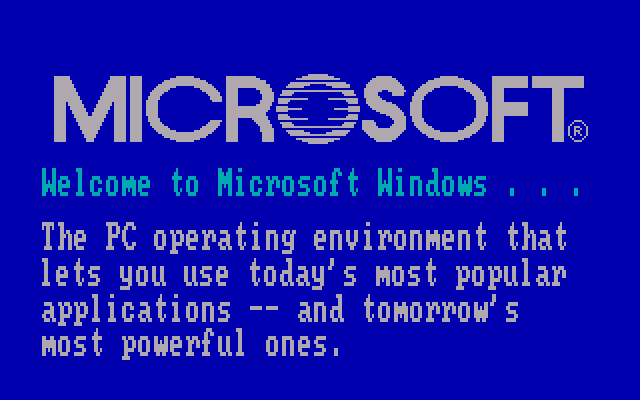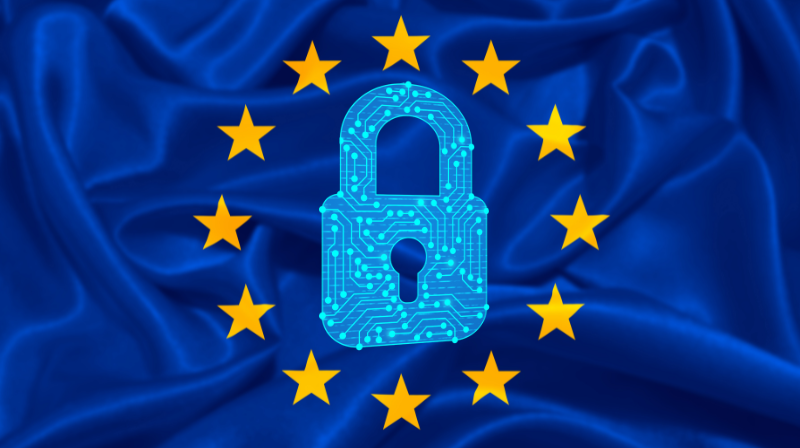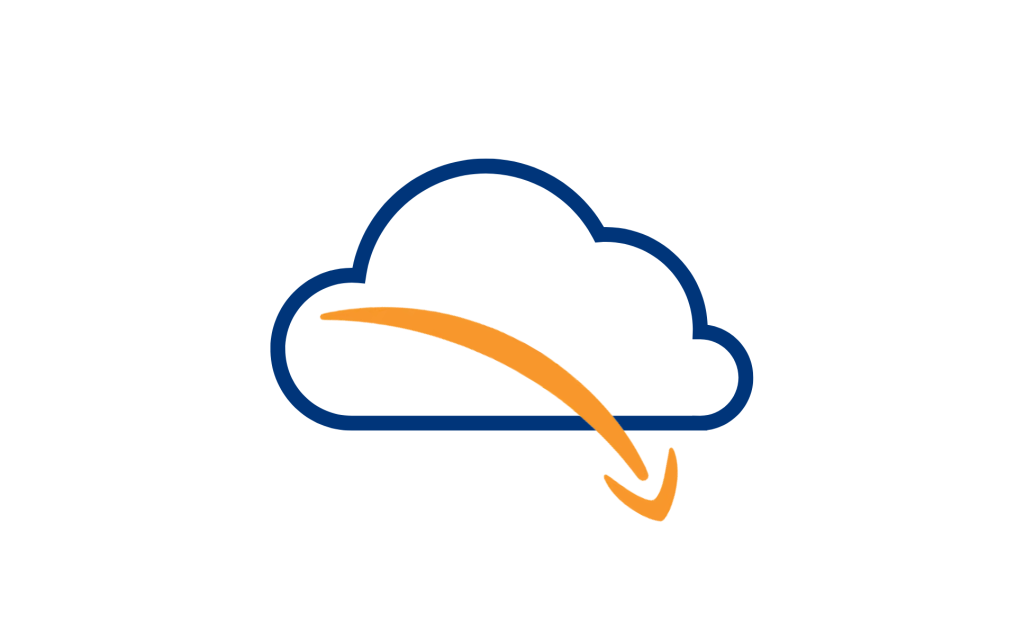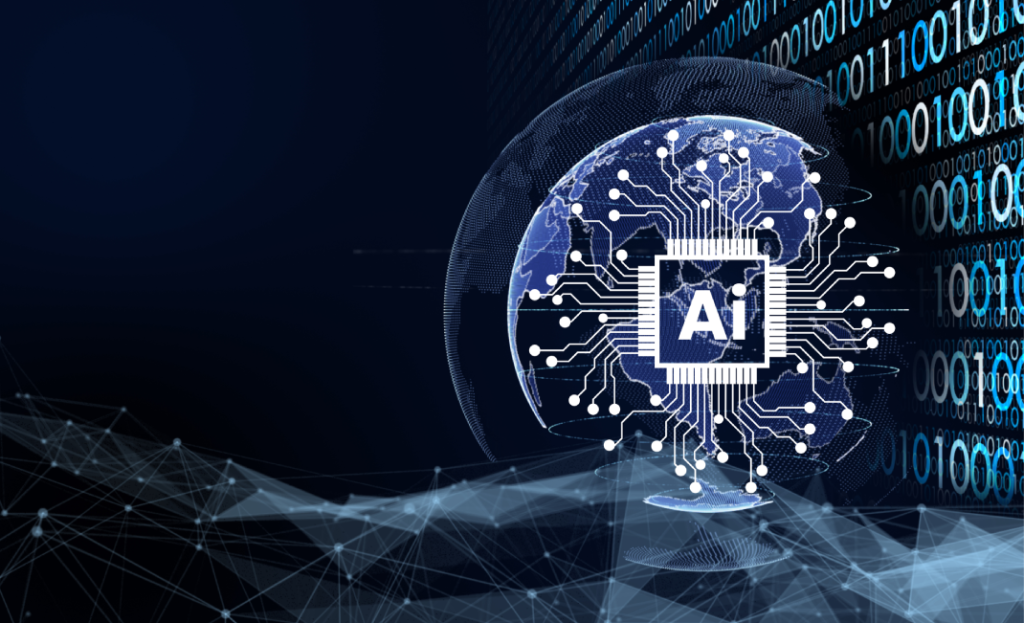
Microsoft Windows Turns 40
Microsoft Windows celebrates 40 years of existence, marking four decades of innovation, digital transformation, and global influence. Officially launched on November 20, 1985, Windows 1.0 radically changed how people interact with technology. From simple windows and minimal functions to integrated artificial intelligence and advanced security, Windows has constantly evolved, becoming the foundation of the modern computer world.
This article presents the history of Windows, its impact on the IT industry, and how the future of the operating system is linked to new technologies such as AI, cloud computing, and virtual reality.
Windows 1.0 – The Beginning of an Era
The first Windows was not a complete operating system, but rather a graphical interface for MS-DOS. It had limited functions, but introduced a revolutionary concept for that time: windows that could display programs simultaneously. The mouse became a central control tool, and the well-known Calculator, Notepad, and Calendar applications made their debut.
The Evolution of the MICROSOFT WINDOWS OPERATING SYSTEM – Key Stages
Windows 3.0 and 3.1 – First Commercial Successes
Launched in the early 90s, these versions transformed Windows into a global success. They were faster, more stable, and introduced the file manager, TrueType fonts, and multimedia support.
Windows 95 – The Absolute Revolution
Windows 95, launched in 1995, is considered the system’s moment of glory. The introduction of the Start menu, the taskbar, and real multitasking definitively changed how we use a computer. Internet Explorer also appeared then, marking Microsoft’s entry into the internet era.
Windows XP – The Most Beloved Operating System
Launched in 2001, XP became the longest-lived and most popular version of Windows, used for over 10 years. Its friendly design, stability, and compatibility with numerous applications established it as an industry standard.
Windows 7 – Perfecting the Experience
After a controversial Windows Vista, Windows 7 brought speed, a fluid interface, and improved security. It is considered by many to be “the most functional Windows in history.”
Windows 10 and 11 – The Modern Era
With Windows 10, Microsoft introduced constant updates and cloud integration. Windows 11, launched in 2021, focused on minimalist design, TPM security, and native integration with Android applications. Today, Microsoft is working on an “AI-integrated Windows,” unofficially named Windows 12.
The Impact of Microsoft Windows on the Digital World
For 40 years, Microsoft Windows has been the backbone of global productivity. Whether we’re talking about offices, schools, hospitals, public institutions, or large companies, Windows has been the platform that enabled the digitalization of the modern world.
Among the major achievements are:
- democratization of access to technology;
- standardization of the graphical user interface;
- support for millions of applications;
- creation of a global IT industry;
- birth of the Microsoft Office ecosystem;
- integration of cybersecurity at the operating system level.
Future Plans
Microsoft is working intensively on artificial intelligence-based technologies. Copilot, the recently launched AI assistant, is just the beginning. The next generation of Windows will integrate intelligent functions capable of:
- automatically generating documents and reports;
- optimizing resource consumption;
- offering advanced voice support;
- predicting user needs in real-time.
At 40 years old, the operating system is moving towards:
- cloud computing: the system will run partially online;
- increasingly advanced biometric security;
- augmented reality and VR, especially through HoloLens and future projects.
40 years after its launch, Microsoft Windows is not just an operating system, but an essential part of technological history. It has shaped how we work, communicate, and create. In a world increasingly dominated by AI and automation, Windows promises to remain at the center of global innovation.









